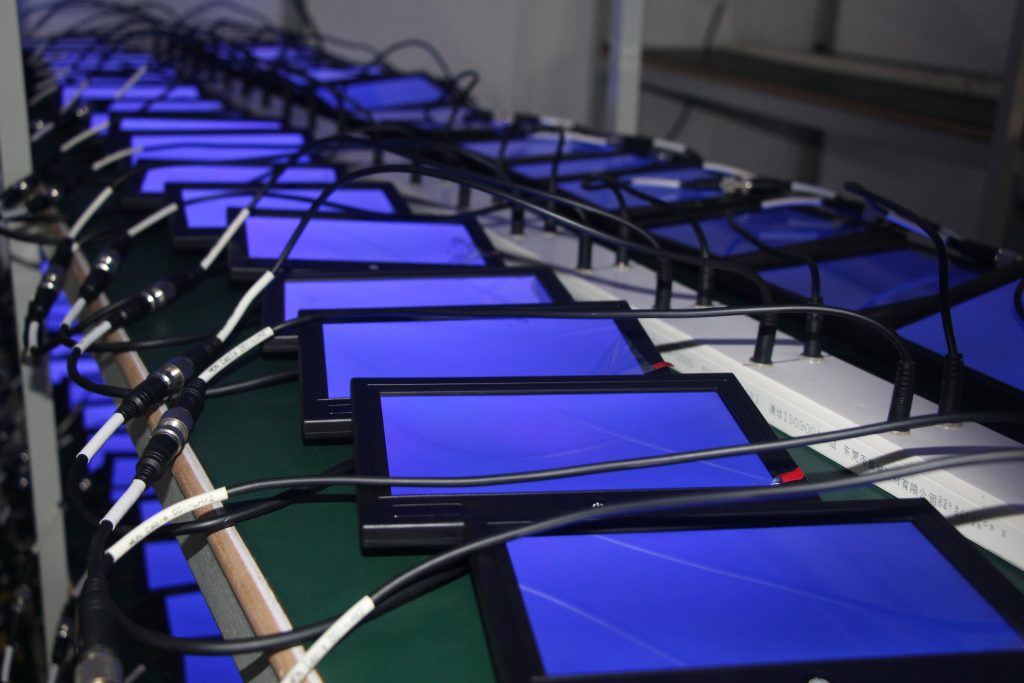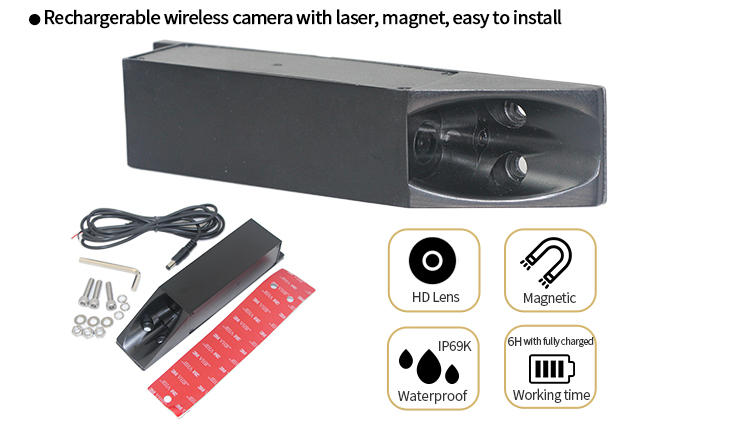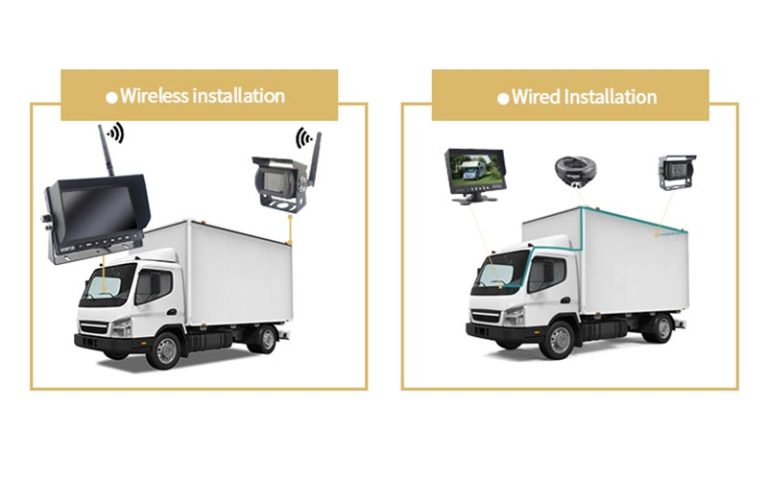
Abstract: Vehicle rear view Monitor play a key role in modern transport, and are vital to driving safety and driver assistance. In order to ensure its stability and reliability, aging test becomes an important part to ensure the safe operation of vehicles. In this paper, we will discuss the necessity of aging test of in-vehicle monitor to ensure its stability under various environmental conditions, so as to guarantee the safety of driving.
Introduction: Vehicle monitor is widely used in today’s vehicles, and as a driving aid, it plays an indispensable role in driving safety and driver assistance. However, due to working in various environments, including high temperature, low temperature, vibration and humidity, car monitors must undergo rigorous aging tests.
Table of Contents
Importance of Vehicle Monitors
Car monitors are one of the core components of driver assistance systems. They not only provide important visual assistance when reversing and changing lanes, but also provide important information for monitoring the traffic behind to ensure driving safety.
Challenges of the operating environment for in-vehicle monitors
Vehicle-mounted monitors must operate properly in a variety of extreme environments. Factors such as high temperature, low temperature, vibration, humidity, and road bumps may affect their performance and stability. In addition, prolonged use and exposure may also lead to aging of the display.

Purpose of Vehicle Mounted Rear View Display Aging Tests
The purpose of the aging test is to simulate the various environmental and operational conditions that an in-car rear view monitor may encounter throughout its lifetime. This includes extended periods of continuous operation, performance at extreme temperatures, and reliability testing under vibration and humidity conditions. The purpose of the aging test is to ensure the reliability and stability of the display under various conditions.
Necessity and Importance
The necessity of aging tests for in-car rear view monitors lies in the following:
- Safety: The reliability of in-vehicle rear view monitors is directly related to driver safety. An unreliable rear view monitor may lead to accidents or dangerous situations.
- Reliability: The aging test can verify the reliability of the rear view monitor under various conditions and reduce the risk of its unexpected failure.
- Cost-effectiveness: Early detection of problems and repair can reduce later maintenance costs and extend the service life of the monitor.
- Regulatory and Standards Requirements: Many industry standards and regulations require in-vehicle rear view monitors to undergo aging testing to ensure they meet specific safety and performance standards.
Conclusion: The reliability of an vehicle monitor has a direct impact on the driver’s safety on the road. In order to ensure reliability under various environmental conditions, aging test is an indispensable part of the process. By simulating a variety of extreme conditions, aging tests help to identify potential problems, improve safety and reliability, and reduce maintenance costs, providing a solid foundation for driving safety and driver protection. Aging test of vehicle rear view monitor is an indispensable part to ensure driving safety, which provides an important guarantee for the development and progress of the industry.



